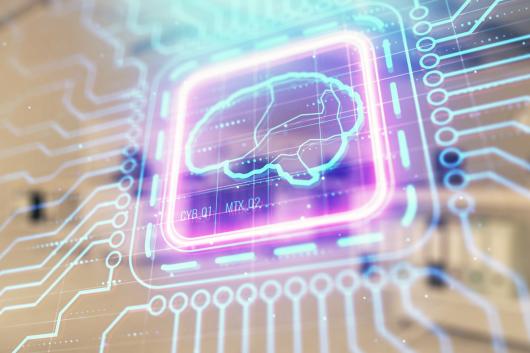Artificial Intelligence (AI), and in particular, the sub-field of deep learning, has an ever-increasing impact on our everyday life, ranging from voice recognition and face recognition on smartphones to assisted driving solutions and medical decision support systems.
However, these approaches tend to require large amounts of annotated data to train on, limiting their application to settings where large datasets are available that have been annotated by experts in the field.

Additionally, their decision-making is generally too complex to explain, restricting widespread use in safety-critical domains. To further exploit the potential of AI, the DL@UiTMLG high-performance computing (HPC) project at UiT Machine Learning Group is devoted to developing novel algorithms that address current shortcomings.
Allowing for faster testing
The AI models developed as part of this project typically estimate complex functions from data to labels, for instance from an image to the class the image belongs to. These functions consist of potentially several millions of parameters that need to be estimated from data, typically done by parallelizing computation on GPUs. The recent supercomputer LUMI facilitates this process, allowing faster testing of hypotheses as well as investigating hypotheses at a larger scale.
Developing new methodology
DL@UiTMLG has so far resulted in novel deep learning algorithms for detecting underlying group structures and patterns in data without relying on annotations and new deep learning architectures that both provide predictions as well as explanations of their predictions. While having a strong focus on the development of new methodology, the proposed approaches of the DL@UiTMLG HPC project will be applied to problems in the medical domain and beyond.